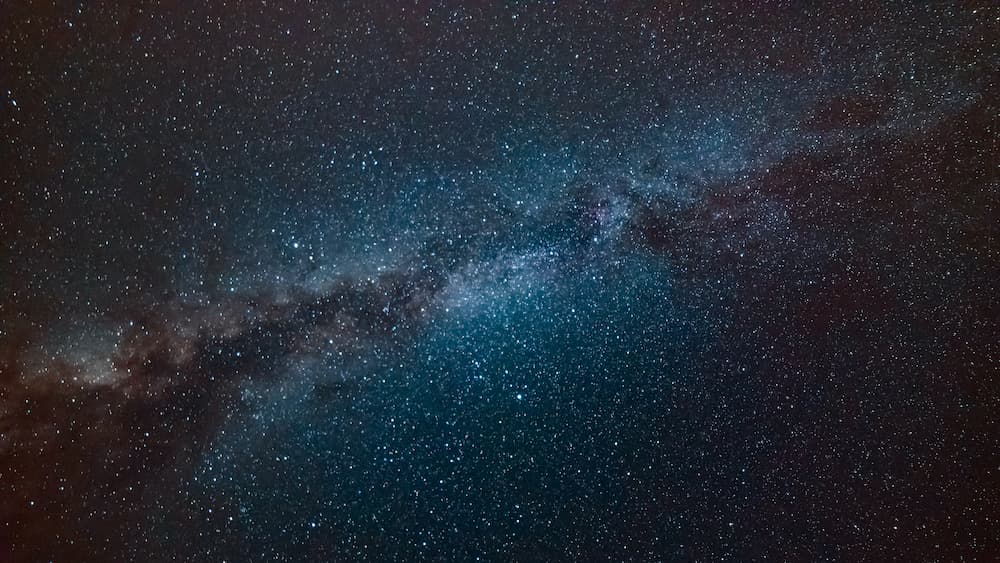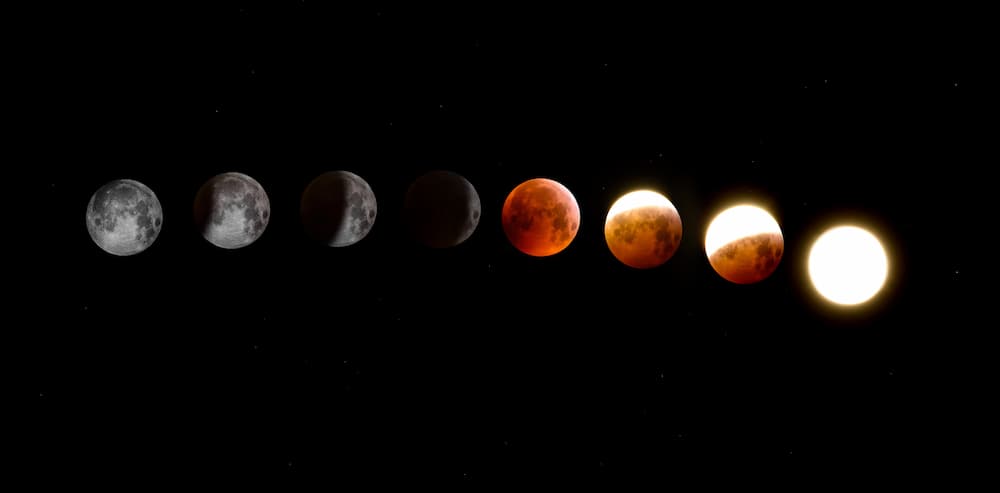Where to learn about rocket launches, follow enthusiast research and see photos of unearthly beauty? We’ll tell you.

If The Moon Were Only 1 Pixel
Most people have absolutely no idea how big the cosmos is. It’s incredibly huge. The If The Moon Were Only 1 Pixel website clearly shows the true dimensions of the solar system. The scale is based on the diameter of the Moon – here it is equal to 1 pixel.
Click on the button in the lower right corner of the screen, and the solar system will begin to rewind in front of you at the speed of light. On a space scale, this is very slow. You will have to fly more than 12 minutes to Mars at this speed.
The site also attracts users with interesting facts and jokes. Moreover, it allows you to measure the distance between planets in kilometers, light minutes, blue whales, or the Great Walls of China.
Heavens-Above
Heavens-Above’s interface is not the most modern and convenient, but the information content is simply amazing. On the site, you can set your location and find out which visible satellites will fly over your head in the near future.
It also presents a volumetric visualization of the ISS, an interactive sky map, a database of thousands of satellites, information about upcoming eclipses, passing asteroids, and visible comets, and much more.
Google Sky
This Google’s service allows you to view the outer space around the Earth. Using the buttons at the bottom of the page, you can easily find constellations and admire images from the Hubble, GALEX, or Spitzer telescopes. Photos of galaxies and stars are provided with detailed descriptions. And a special “historical” mode allows you to switch to an old star map in order to see how medieval astronomers imagined space and compare their research with reality.
Google Moon
It’s a detailed interactive map of the Moon, where you can see the landing sites of the Apollo spacecraft expeditions and explore innumerable craters. There are also photographs of the lunar surface taken by various devices and an elevation map of the satellite of our planet.
Google Mars
This service is like Google Moon, but here Mars is the main figure. When watching the map, you can inspect the surface of the Red Planet and find out what mountains, craters, and canyons are on it. You can also see the location of every spacecraft that has ever landed there, from the Soviet Mars-2 to the modern US Curiosity and InSight.
WorldWide Telescope
This is an analog of Google Sky, created by Microsoft. It looks prettier, and the information content is higher. The service provides images of the starry sky, three-dimensional models of the planets and the Sun, as well as panoramic photographs from various spacecraft that have ever landed on the surface of celestial bodies. It all looks very impressive. In addition to the web version, WorldWide Telescope has a desktop client for Windows.
NASA’s Eyes
NASA’s Eyes invites you to take the control panel of the Curiosity rover, study the modules of this autonomous laboratory, and also get acquainted with NASA’s Deep Space Network (DSN). DSN is a complex of radio telescopes and data exchange facilities located in the USA (California), Spain (Madrid), and Australia (Canberra). They explore the solar system and communicate with interplanetary spacecraft. For full access to the site’s content, you need to install a program for Windows or macOS.
Solar System Exploration
This is a unique NASA page dedicated to all planets and satellites in the Solar System. The celestial bodies are beautifully animated, so you can simply admire them. But in addition to purely aesthetic pleasure, the service provides scientific information about the characteristics of the planets, and pictures of celestial bodies made by various spacecraft.
Solar System Scope
Solar System Scope interactive map provides basic information about the planets of the solar system. Here you can find out such specific things as the temperature on the surface of Makemake, the rotation period of Huamei, or the distance to Eris. In addition to the solar system, the site displays the starry sky with all its constellations.
By enabling a realistic display of planet sizes in the settings, you will get a more visual representation of the scale of the cosmos. And when you enlarge any celestial body, a panel with the characteristics of the object will appear on the side.
